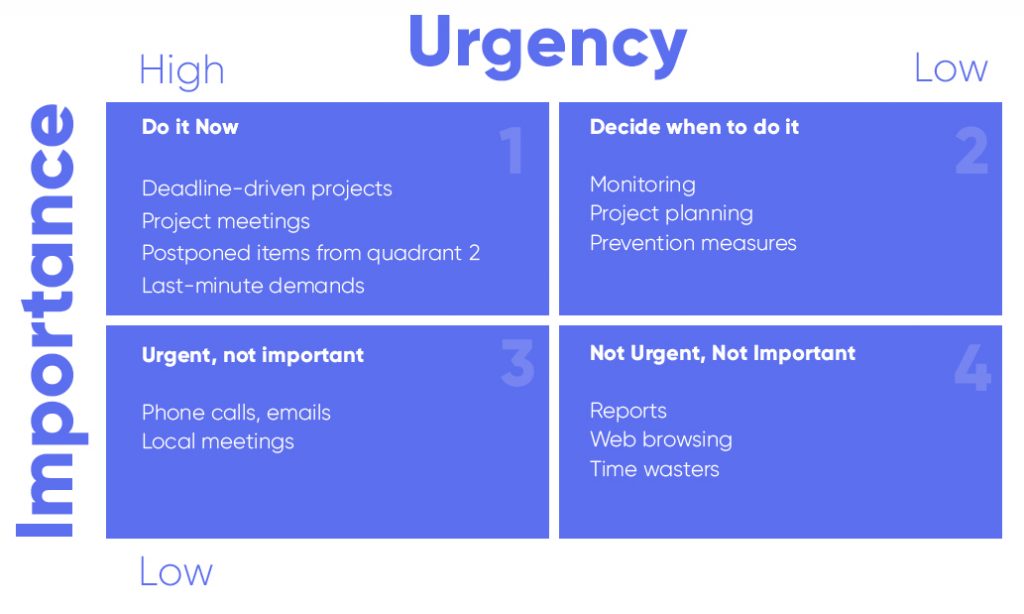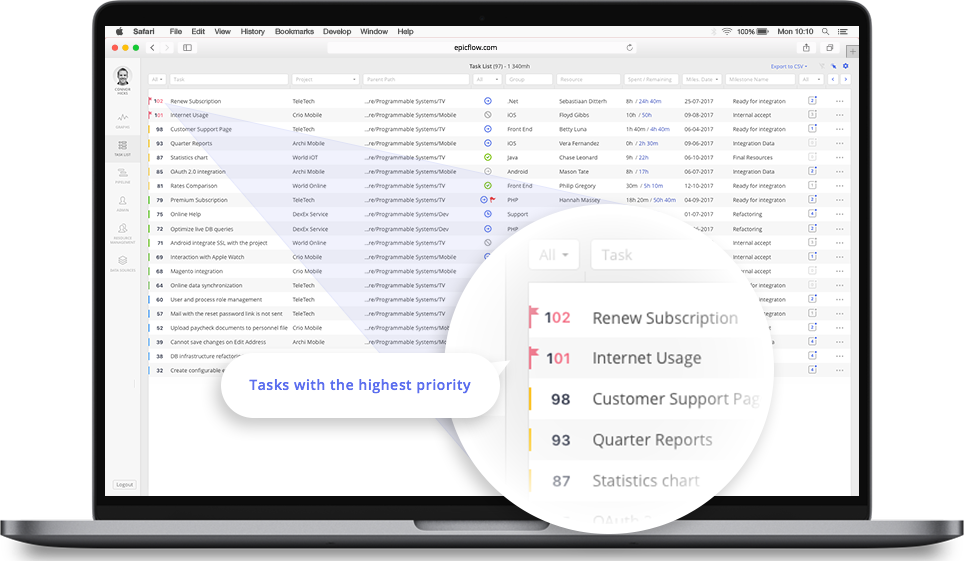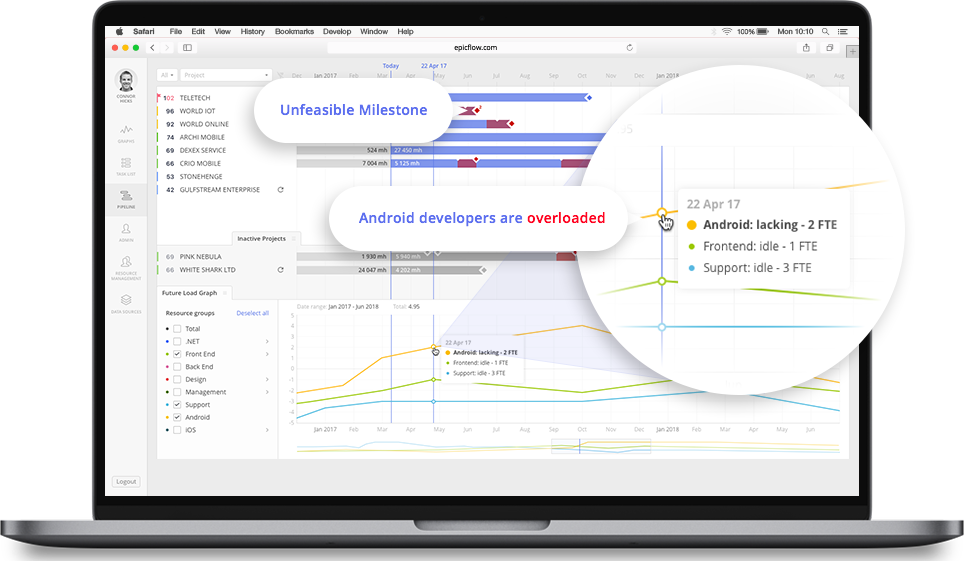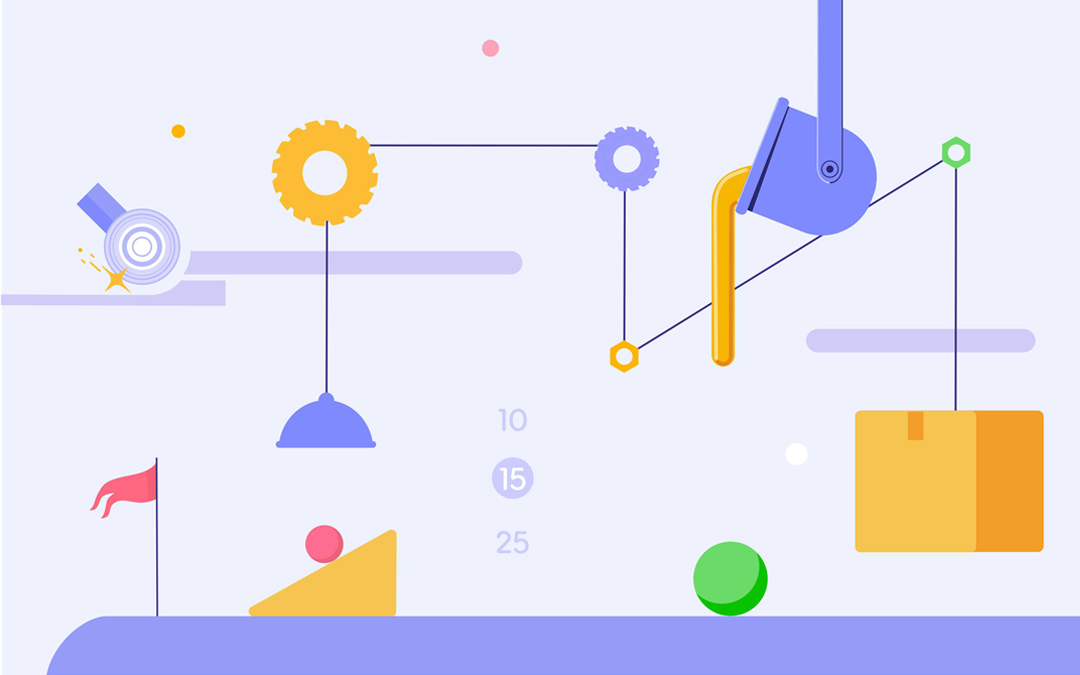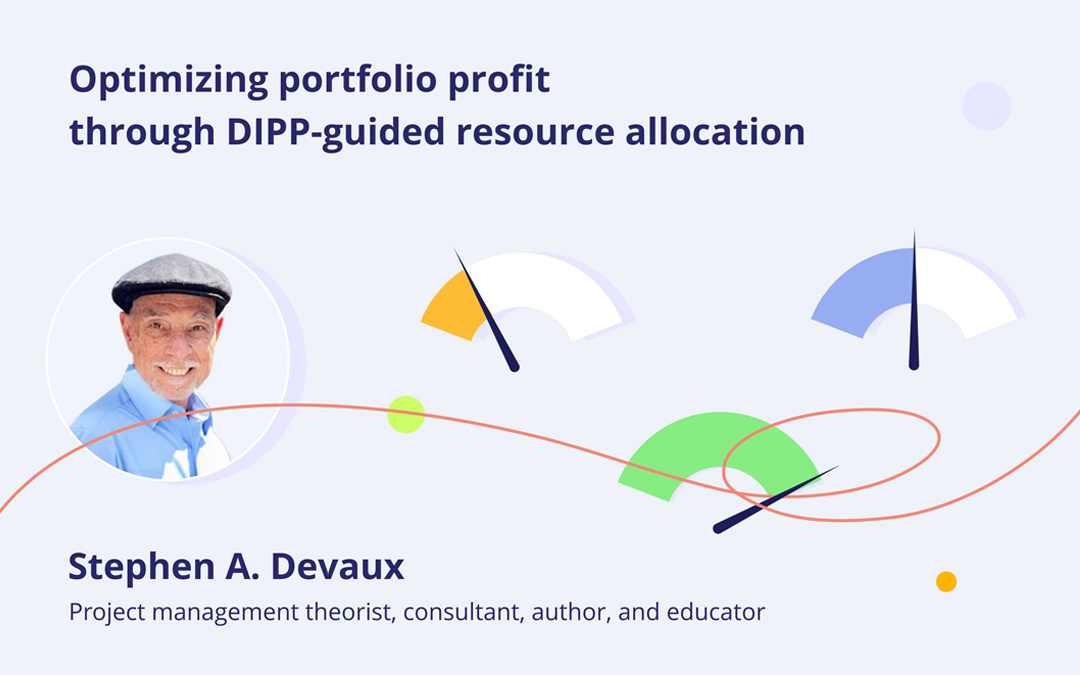A seamless workflow, efficient output, and a crystal clear mission can’t exist without a list of priorities. The methods discussed in this article bode well for eliminating procrastination, restoring focus, and scheduling your priorities.
Where do I start?
If you strive to get the best output, remember that you’ll first need to clear the mess out of your head and jot it down on paper. Steven Covey, the bestselling author of 7 Habits of Highly Effective People, recommends creating a list of urgent, important, and trivial tasks using the following quadrants, also known as the Eisenhower matrix – a tool for time management designed by the 34th president of the United States.
“I have two kinds of problems, the urgent and the important. The urgent are not important, and the important are never urgent.” – Dwight D. Eisenhower
This matrix will help you distinguish between necessary tasks and time wasters that hold back your progress. Covey encourages you to be proactive and schedule your priorities in the most efficient way.
This four-quadrant grid is the perfect way to manage your time if you need to prioritize your routine. Eventually, you’ll notice that your level of productivity will begin to rise as you pay attention to the most important and urgent tasks.
How can I figure out which tasks are more important if everything’s #1?
We know that many small, unimportant details may distract you from completing urgent tasks. This list of urgent tasks will vary from person to person because every individual approaches his or her routine differently. The project that can most accurately be compared to a crying baby that must be fed is the project that should appear on the top of your list. Even Steve Jobs, after hammering out a list of his top ten priorities, used to cut the seven from the bottom and encourage the Apple team to focus on the first three.
Another workable way to become more productive by prioritizing is based on the idea that you should eat the ugliest frog first thing in the morning. This comes from Mark Twain’s observation: “Eat a live frog first thing in the morning and nothing worse will happen to you the rest of the day.” The essence of this method, presented in Brian Tracy’s book Eat That Frog First, is in concentrating on the most difficult task in the morning so you can stay calm for the rest of the day. If you try to complete the most difficult tasks right when they appear, you won’t have to expend your mental energy on them and exhaust your motivational balance.
Read On: Facing planning overhead? Find proven techniques to overcome it in this PM expert interview.
Applying the above-mentioned quadrants to your work or life routine leads us to another popular method – the Pareto analysis. The Pareto analysis asks you to decide on the imperative problems first and to rank your tasks according to their contribution to achieving your goal. It spurs you to determine which 20% of your tasks are mostly closely related to your desired outcome. At the same time, it compels you to cast aside 80% of minor tasks until the major ones are completed. Despite its cost-effective nature, the obvious drawback of the Pareto principle is that you don’t focus on urgency. But it’s efficient for those who want to tackle their financial issues.
Will I notice any results after sorting out priorities?
Be honest with yourself. Jeff Sutherland, the project management expert who developed the Scrum methodology, is convinced that your performance will definitely look smooth on paper, but in reality, you’ll have to double your efforts and continuously seek to close your own loopholes. This inspirational time management video will show you how completing your tasks in the right sequence can save time.
Rocks in a Jar from The High Calling on Vimeo.
Remember the visual legend about the professor who was trying to fill a jar with big rocks, gravel, and sand – an analogy to the most relevant tasks and those of minor importance? That’s it – prioritization is the golden rule of time management!
Can I eliminate unnecessary distractions?
Project prioritization is more difficult than sorting out tasks in your daily routine because it is your income and reputation that are at stake. You should be as organized as possible to meet due dates and leave your stakeholders satisfied. If distractions and unnecessary debates play on your nerves and you really lack time, you can try practicing the KJ-Method, elaborated by Jiro Kawakita. The K-J Method can help you sort out priorities in less than an hour. The trick is to gather all the people involved in the project and reach consensus quickly. You won’t get distracted as you’ll first have to decide on a list of focus questions. Learn how to apply this method step by step here.
How do I remain objective in prioritizing project tasks?
Do $100 Test
At work, you’ll have to consider the opinions of your clients and brainstorm to get more information about their order so you can profoundly understand their needs and better gauge a list of priorities. There are two methods to help you improve the output of your communication with a client: the $100 test and priority poker. The $100 test is a method to set priorities as quickly as possible by spreading an investment of $100 across different ideas. You’ll prefer to remain objective as you think about your own income and your return on investment after an idea is successfully implemented. Lavishing $50 on an idea would mean that this task is vital for your business and relevant for the occasion. The $100 test will help you better evaluate your projects and prioritize tasks.
Test Priority Poker
It is similar to planning poker with the difference being that you don’t estimate a project’s scope, but rather set task values first and play priority item cards. This entertaining game should involve stakeholders and the workforce responsible for developing the product or mapping out business goals. Both the $100 test and priority poker can lighten your vision by making you more open-minded thanks to the gamesome atmosphere they create. Moreover, a priority poker session prevents you from anchoring to subjective decisions and setting precedents, while the $100 test empowers objective evaluation.
Use State–of–the-Art PM Software
You can use a PM tool that suggests a list of priorities based on your demands. Epicflow, for example, ensures that every employee can immediately see tasks with an “urgent” status.
Epicflow’s Task List
This is not a straight jacket, however: we realize that not everything can be scheduled and that employees, based on experience and knowledge, can have good reasons for deviating from priorities. Epicflow approaches deviation, rush jobs, and unscheduled work by automatically including these dynamics in its calculations. All you have to do is determine the delivery date and the software will translate this information into task priorities on the workfloor and allocate your employees.
What if I need to prioritize among several projects?
It’s even more challenging to decide on a list of priorities if you coordinate multiple project plans. But you can collect all your tasks under one roof!
Working with many priority lists is confusing, as you have to consolidate your resources and split them among several projects. The Epicflow software for multi-project management makes it possible to create transparent task lists, and provides you with a complete overview of project performance. You can easily shift from the macro to micro level to know what task is most relevant. This PM tool is unique in that it releases the right orders to the work floor after you specify your business rules, providing your teams with optimal workloads.
As a project manager, you can check the feasibility of milestones. If employees are unavailable because they have been allocated to higher priorities, you’ll spot the deviations from your plan.
Epicflow’s Pipeline
If you’re currently using MS Project or Jira, then Epicflow would be a good option to address the problems of multi-project overhead, overload, and prioritization. Gartner researchers speak highly of extensible and adaptable solutions that have streamlined integration capabilities. The smart algorithms can be integrated with your tools to check every possible combination and find the optimal sequence of tasks. You don’t have to worry about replacing your entire planning system to benefit from Epicflow’s features. Leave your contact information in the form below and we’ll arrange a demonstration for you.

